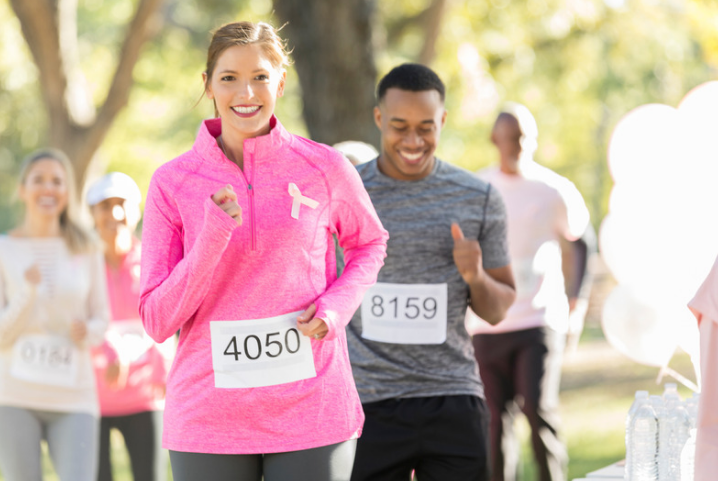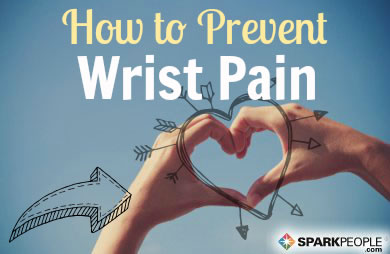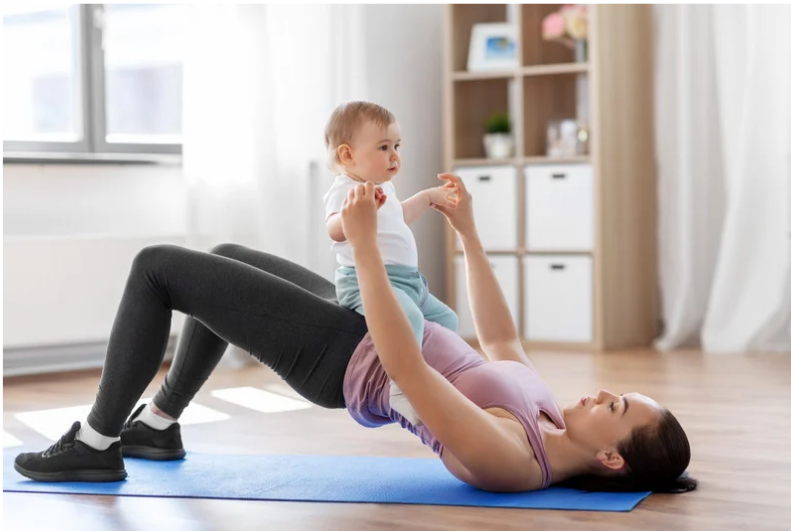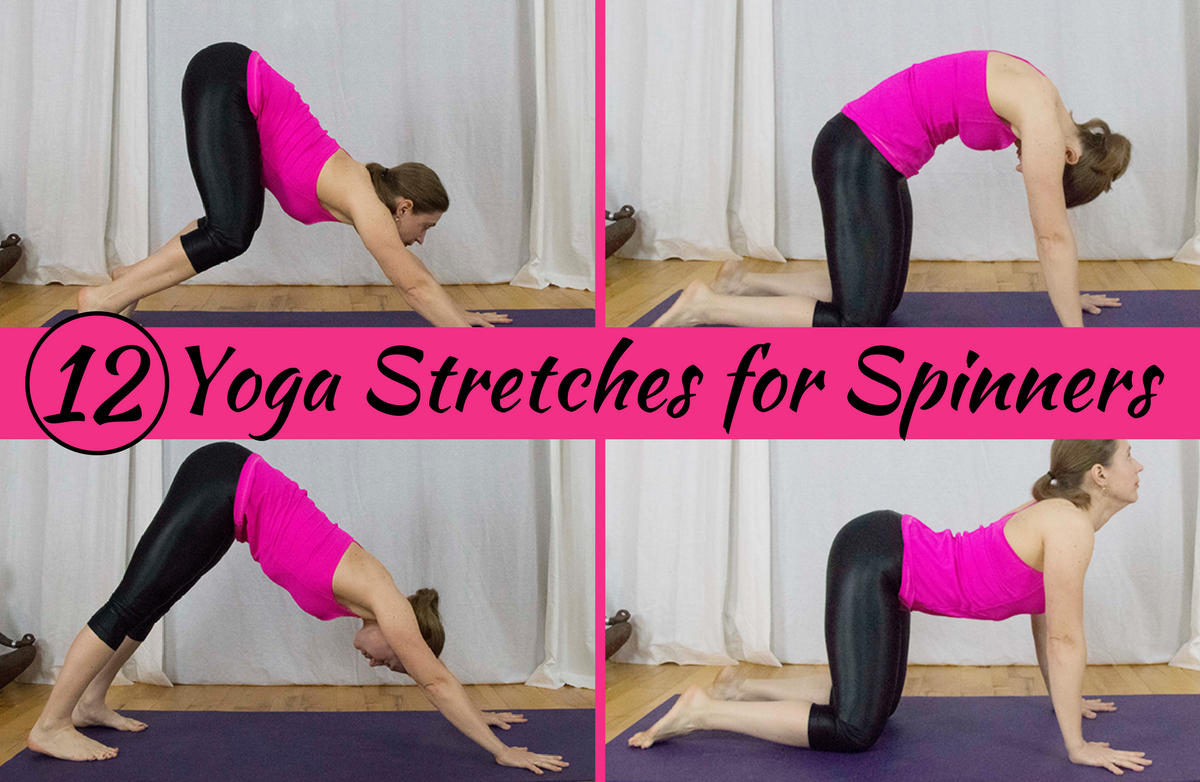Current economic conditions may mean your wallet is feeling a bit lighter, but what about your glutes? Don’t let a declining stock portfolio be an excuse to skip workouts, especially those focused on strengthening your glutes. With a modest investment of time and no gym membership required, you can tighten and tone one of the body’s most powerful muscle groups.
Anatomy of the Glutes
The gluteus maximus is one of the strongest and most prominent muscles in the body. It plays a key role in keeping the torso upright and is responsible for extending the leg backward and rotating the femur outward. This powerhouse muscle is heavily involved in movements like squatting, stair climbing, running, jumping rope, and cycling.
The glutes consist of three muscles:
- Gluteus maximus – the largest and most visible
- Gluteus medius – located on the upper outer portion
- Gluteus minimus – situated beneath the gluteus maximus.
Together, they influence the strength, shape, and function of the hips and lower body.
What Shapes Your Glutes?
Whether your goal is to lift, slim, or reshape your rear, its appearance is influenced by three main factors:
- Muscle Mass: Building lean muscle through strength training improves firmness and tone.
- Body Fat: While it's impossible to spot-reduce fat, regular cardio and healthy eating support overall fat loss.
- Genetics: Genetics determines fat distribution and the natural shape of your glutes—round, heart-shaped, pear-shaped, or flat. While you can’t change your genes, you can enhance what you’ve got with exercise and consistency.
Building Better Glutes
A combination of strength training and cardiovascular activity is the most effective way to tone the glutes and reduce excess fat. Results vary from person to person, so it’s worth experimenting with different exercises to see what works best for your body. And don’t worry—strength training won’t make most women bulky. Women typically don’t produce enough testosterone to develop large muscles without extensive training and strict dietary regimens. Lifting heavier weights with fewer reps is often the most effective way to strengthen and shape the glutes.
Six Moves to Try
You don’t need expensive equipment to get results. Try these efficient exercises on a budget.
Perform 2–3 sets of 8–12 reps for each, three times per week, with at least one rest day between sessions.
Focus on slow, controlled movements and proper form.
- Step-Ups: Use stairs or a sturdy platform. Push through your heel as you step up to engage the glutes.
- Lunges: Elevate your front toes slightly to shift the emphasis onto your heels and activate the glutes more effectively.
- Squats: A classic move. Try single-leg squats or add weights for more intensity.
- Glute Bridges: Start with both feet, then progress to single-leg bridges or use a stability ball for a challenge.
- Quadruped Leg Lifts: On hands and knees, brace your core and lift one bent leg until it’s parallel with the ground. Straighten the leg to increase difficulty and glute engagement.
- Stair Climbing: Whether indoors or out, adding incline cardio like stairs or hills strengthens the glutes and supports fat loss.
Strong Glutes, Strong YOU!
Committing to a glute-focused fitness routine not only enhances your appearance but also supports lower back health and overall functional strength. A stronger posterior contributes to better posture, injury prevention, and daily mobility. Consistency is key. Economic downturns may be temporary, but the benefits of a strong, healthy body are long-lasting. So, while the market may fluctuate, your commitment to wellness can remain steady, and your glutes stronger than ever.












